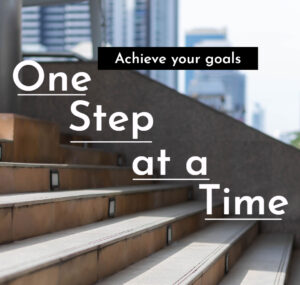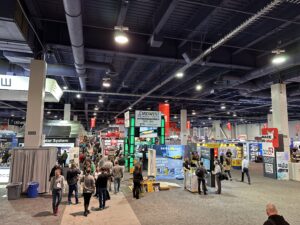Tip 19 – Build It and They Will Come
Blog By Inventor Process Team
One of the first steps in the inventing process is prototyping. A prototype is a three-dimensional version of your invention. Regardless if you’re making your prototype in the garage, hiring professionals and/or utilizing the latest in 3-D graphics; it’s very exciting to see your idea transformed into a product. Having something to show investors, manufacturers and others is extremely powerful.
A prototype can provide you with many advantages. For example, it builds instant credibility with others such as potential licensing companies. With a quality prototype you instantly separate yourself from the multitude of unprepared inventors who have approached them in the past. A prototype also allows you to test the functionality of your invention and the performance of various materials before entering mass production. It will also assist you in explaining your invention to your team, potential partners and/or licensees.
There are different types and designs of prototypes. For instance, there is what I affectionately termed the “kitchen table” prototype. These are generally simple models of the product that the inventor crafted from supplies found around the home or cheaply bought at a hardware store. This is a great place to start, especially if you’re handy, and they generally provide a great visual aid to your explanation. Of course, there is also “pre-production” prototyping that takes place before mass production begins, and generally requires production engineers, designers and a large budget. And for independent inventors, I’m a big fan of 3-D virtual prototypes. Virtual prototypes consist of photorealistic, computer illustrations of your product. The 3-D model will allow the components and how they interact with one another to be clearly illustrated, as well as showing the invention in various stages of use. And with modern stereolithography technology often the very files used to create the virtual prototype can be used to “print” plastic, tangible units, especially for simpler products.
Our recommendation for independent inventors, with a goal of licensing their invention, is to utilize 3-D virtual prototypes. They’re cost effective, provide an appealing visual aid to your presentation, and excellent models can be created on a budget. When your product is licensed the licensing company will then burden the expense of pre-production prototyping; saving you time, money and difficulties.
We hope you enjoyed Tip 19. Please consider sharing this information as it may benefit an inventor you know. If you have questions don’t hesitate to contact us. We’re here to help!
Follow us on Facebook, Twitter and Google+. Check back next week for Tip #20 when we discuss marketing and promoting your invention.




